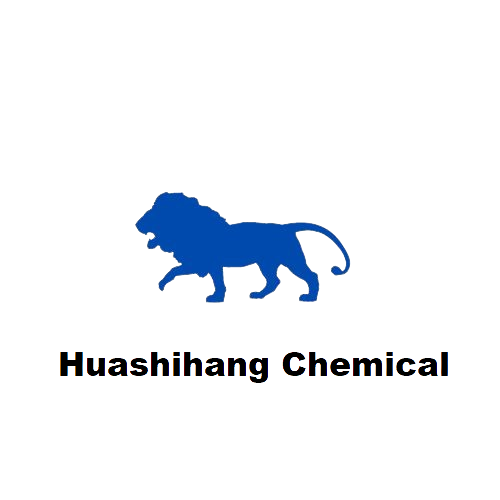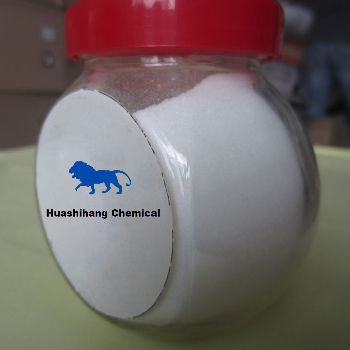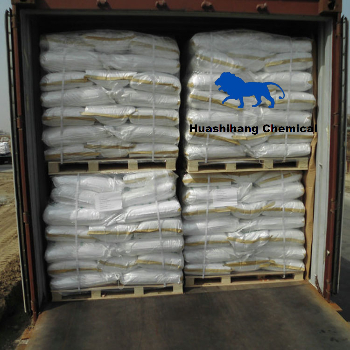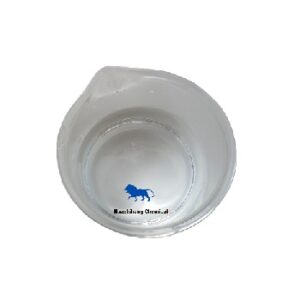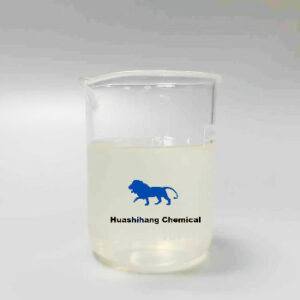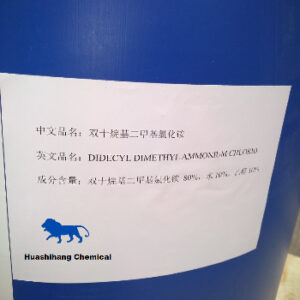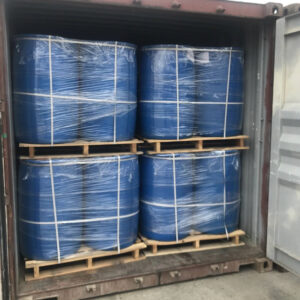Ethylenediaminetetraacetic Acid (EDTA) is an aminopolycarboxylic acid. This white, water-soluble solid is widely used to bind to iron (Fe2+/Fe3+) and calcium ions (Ca2+), forming water-soluble complexes even at neutral pH. It is thus used to dissolve Fe- and Ca-containing scale as well as to deliver iron ions under conditions where its oxides are insoluble. EDTA is available as several salts, notably disodium EDTA , sodium calcium edetate, and tetrasodium EDTA, but these all function similarly.
Overview
Product name : Ethylenediaminetetraacetic Acid
Synonyms : EDTA Acid
CAS No. : 60-00-4
Molecular Formula : C10H16N2O8
EINECS NO. : 200-449-4
Category : EDTA based Chelating Agents
Ethylenediaminetetraacetic Acid Properties
| Item | Specification |
| Appearance | White crystal powder |
| Assay | ≥99.00% |
| Sulfate(SO4) | ≤0.03% |
| Metal chelate (Pb) | ≤0.001% |
| Iron (Fe) | ≤0.001% |
| Dry and loss(103~107℃) | ≤0.2% |
| Chelate : mgCaCO3/g | ≥339.00% |
| NTA | ≤1.0% |
Ethylenediaminetetraacetic Acid Use
Ethylenediaminetetraacetic Acid forms stable complexes with metal ions by chelation, which means it can bind to metal ions and prevent them from reacting with other substances.
Cosmetics
In shampoos, cleaners, and other personal care products, EDTA salts are as a sequestering agent to improve their stability in air.
Cleaning Products
EDTA acid is present in many household and industrial cleaning products. It aids in removing stains caused by metal ions and helps prevent the formation of soap scum and mineral deposits.
Pharmaceutical
EDTA acid is used in some medications to bind and inactivate metal ions that may be present as impurities or contaminants. It helps enhance the stability and effectiveness of the drugs.
Water Treatment
In water treatment processes , it can remove or control the levels of heavy metal ions, such as lead, copper, and calcium, from water sources. It helps prevent scale formation and improves the efficiency of certain chemical reactions.
Textile and Dyeing Industry
EDTA acid is as a complexing agent in dyeing processes to improve color fastness and aid in the removal of metal ions that could interfere with dyes.
Pulp and Paper
EDTA acid chelates metal ions in bleaching processes to that could catalyze unwanted reactions or cause discoloration.
Laboratory
EDTA acid is widely used in analytical chemistry and molecular biology laboratories. Some common uses include metal Ion Analysis , DNA Extraction , Cell Culture.
Photography
In photographic processing solutions , Ethylenediaminetetraacetic Acid controls the levels of metal ions that can affect image quality and stability.
Food and Beverage
EDTA acid is also as a food additive to prevent oxidation and preserve color, texture, and flavor in processed foods. It can also sequester metal ions that may act as catalysts for undesirable reactions.
Packaging
25kg bag , 1000kg bag
Storage
Keep in cool and dry place, store in sealed containers. Shelf life:two years.
